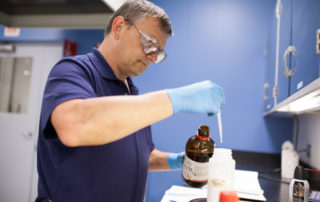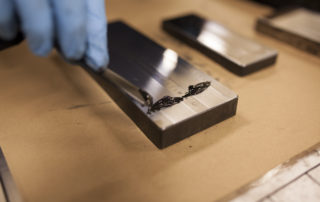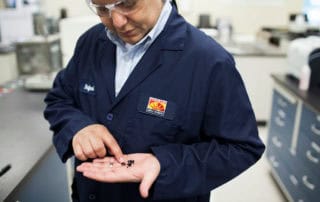Low Migration Inks for Sensitive Packaging – Birla Carbon Specialty Blacks
Specially engineered carbon blacks can deliver the high level of blackness targeted in many engineering plastics applications. Let's look at the parameters you should consider to realize the full performance benefits with these very special carbon black pigments.














